特殊符号短横线英文
The hyphen, also known as the short dash or minus sign, is a commonly used symbol in the English language. It is used in a variety of ways and can greatly impact the meaning of a sentence.
Firstly, the hyphen is often used to join words together to create a compound word. For example, 'well-being,' 'self-esteem,' and 'mother-in-law' are all compound words that are formed by using a hyphen to join two or more words together. This can help to clarify the meaning of a sentence and make it easier to understand.
Secondly, the hyphen can also be used to separate syllables in a word that is being divided at the end of a line. This is known as a hyphenation and is commonly used in typesetting and word processing. It can help to improve the visual appearance of a document and prevent awkward spacing.
Thirdly, the hyphen can be used to indicate a range of numbers or dates. For example, 'pages 7-12' or '1990-2000' both use hyphens to indicate a range. This can help to avoid confusion and make it clear that a range is being referred to.
Finally, the hyphen can be used in compound adjectives to connect two or more words that describe a noun. For example, 'blue-eyed girl' or 'hard-working student' both use hyphens to connect the two adjectives. This can help to clarify the meaning of the sentence and avoid ambiguity.
http://easiu.com/common/images/VfOnKRz2Eq_2.jpg
In conclusion, the hyphen is a versatile and important symbol in the English language. It can be used to join words together, separate syllables, indicate ranges, and create compound adjectives. Understanding the proper usage of hyphens can greatly improve the clarity and effectiveness of your writing.
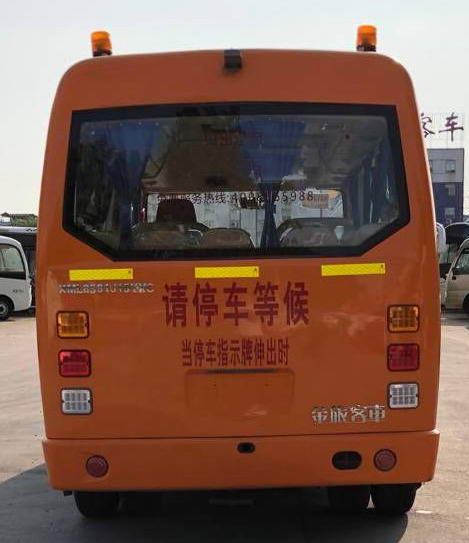
液晶电视主板烧了
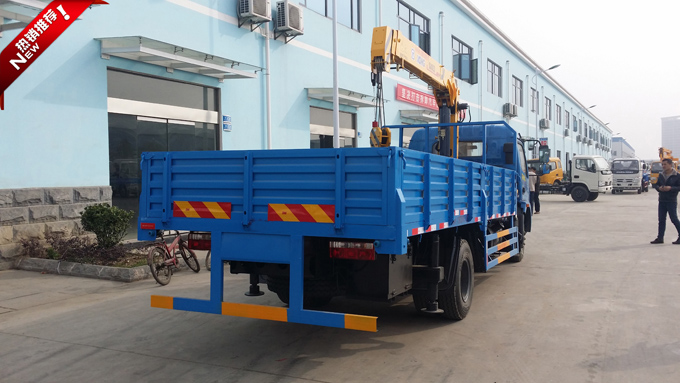
天然热水器内胆更换
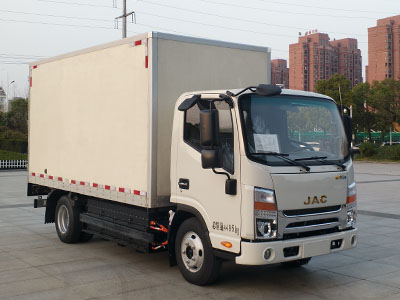
tcl电视l42f1500
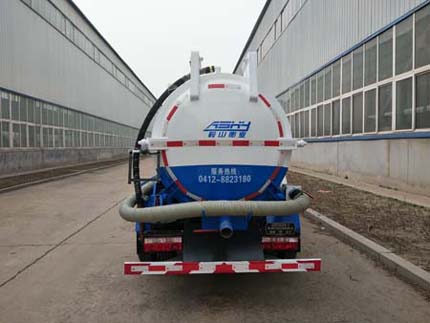
康佳液晶电视 屏幕暗
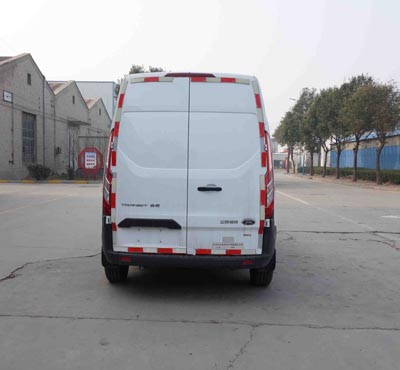
LED32F3300cE没背光故障
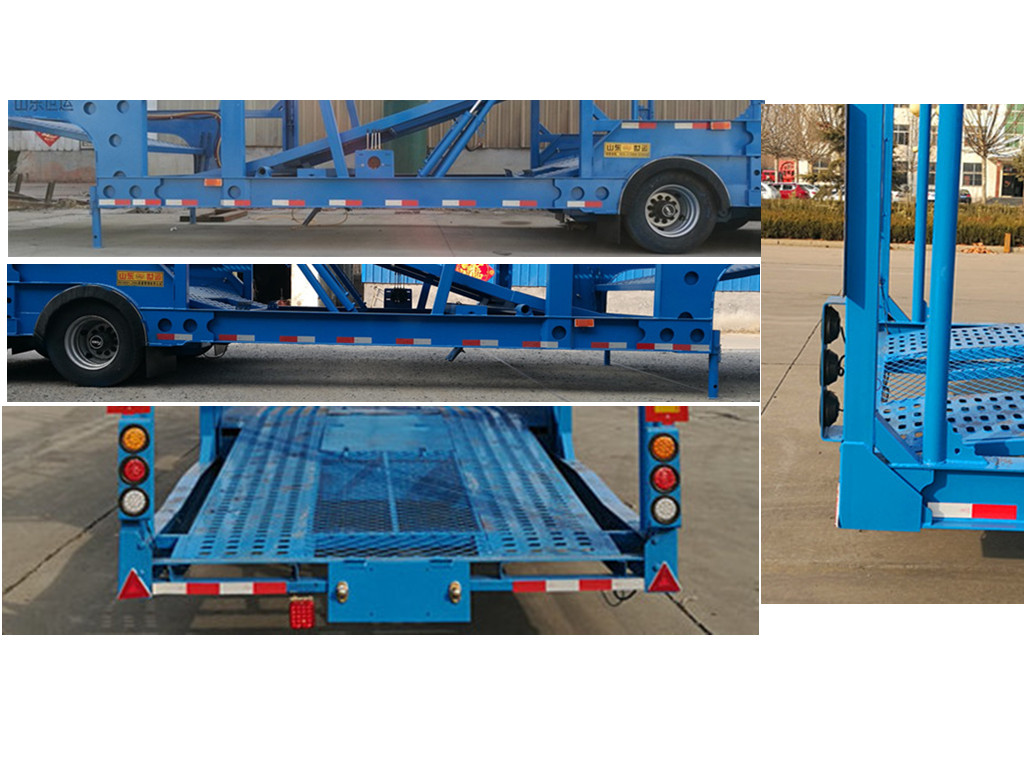
电磁炉15V太高
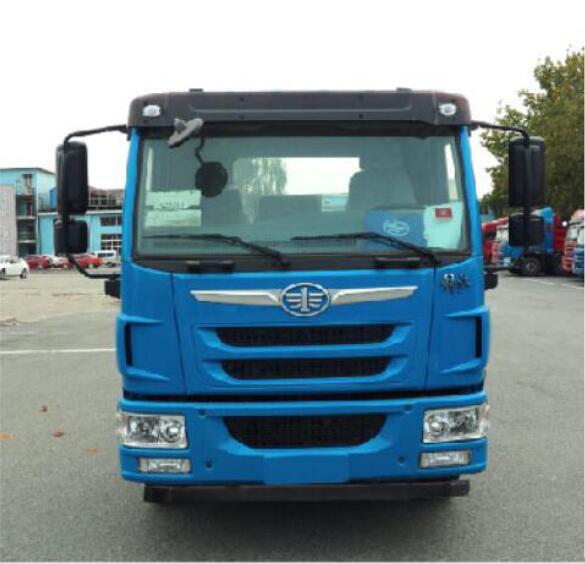
空调外机能高点嘛
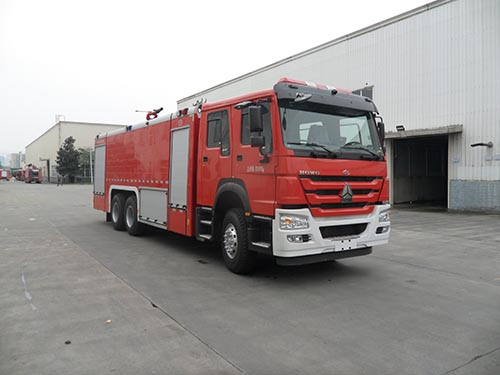
开机 然后白屏再黑屏

西部数据中国售后网点
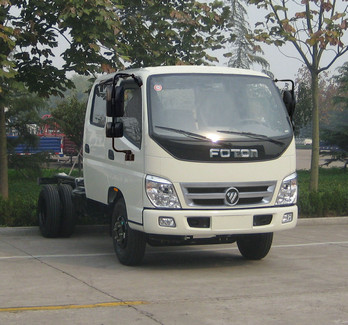
美的柜机p6故障排除

创维电视信号总断
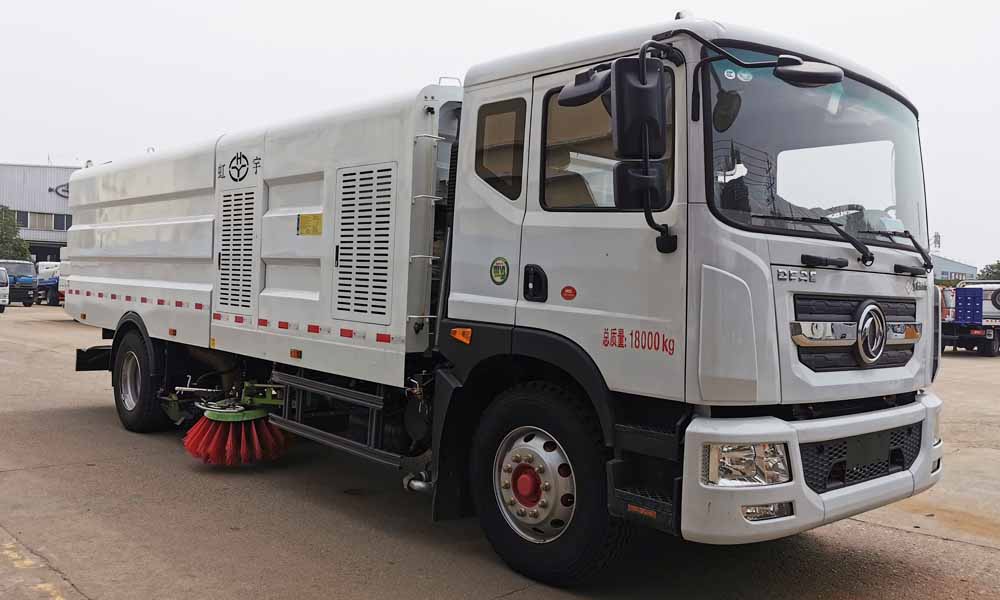
双桶洗衣机脱水桶晃动

陕西格力办事处
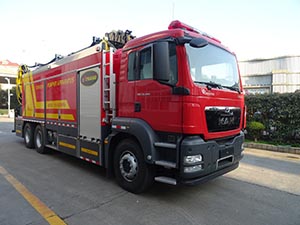
换压缩机后制冷差
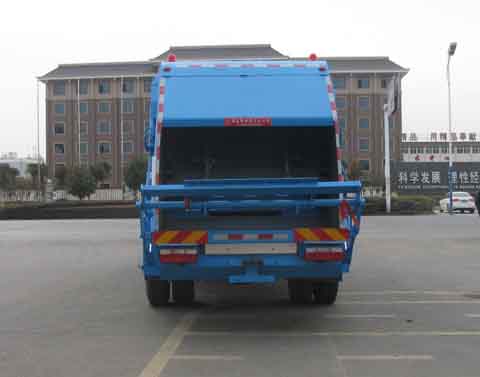
长虹电视 关机没反应

格力kf-72lw空调故障e1
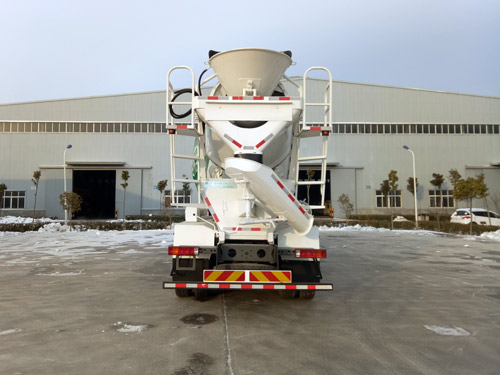
郑州杨子空调售后

长虹6000 q1n
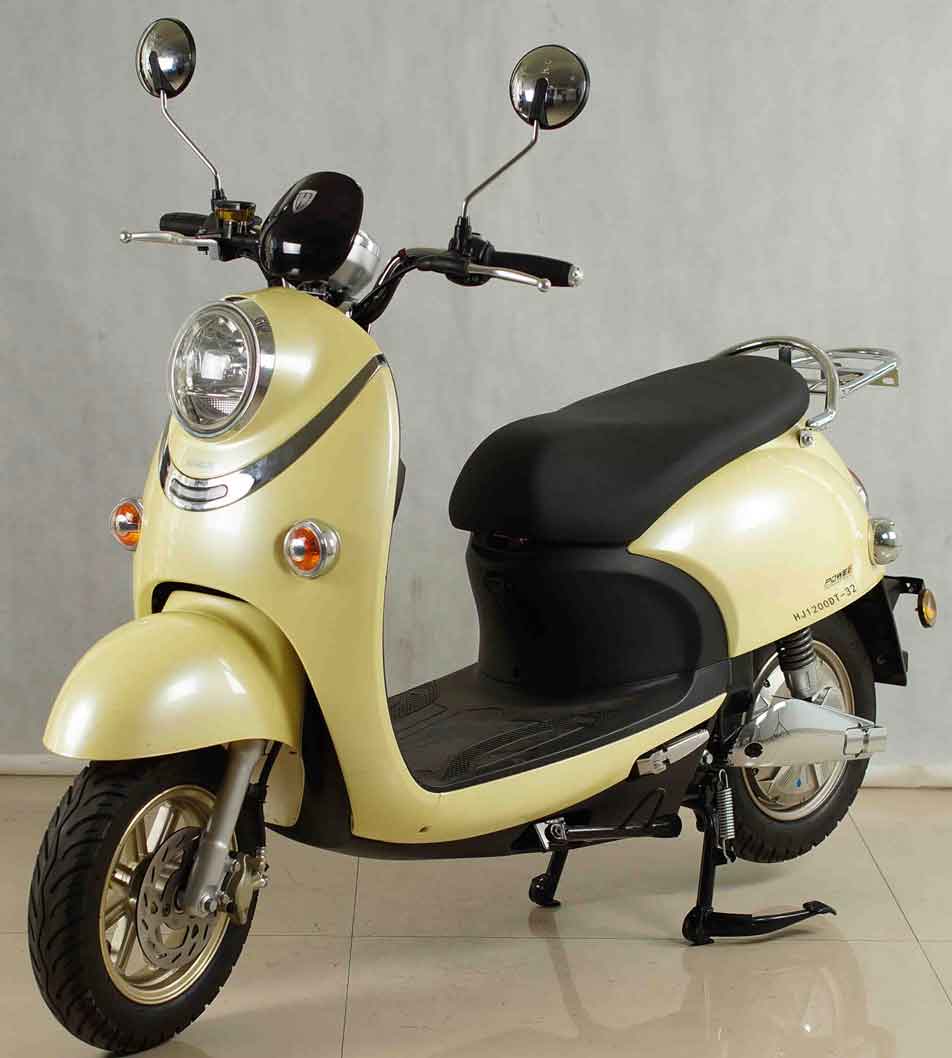
32l16hc电源板型号

创维酷开开机慢 维修